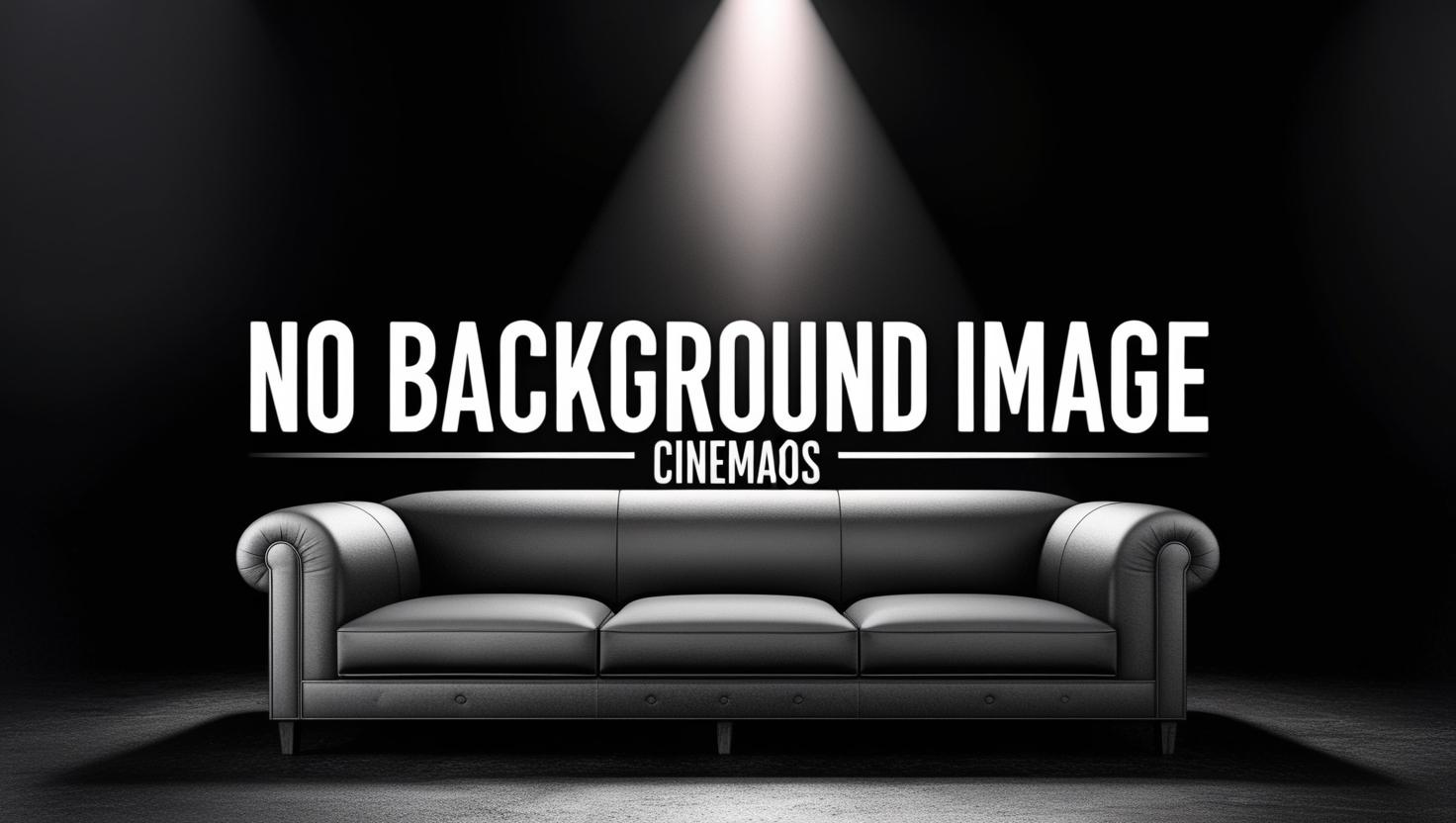
Cast & Crew
6 members
Acting
Anne Bean
Unknown Role
No Image
Acting
John McKeon
Unknown Role
No Image
Directing
Stuart Brisley
Unknown Role
No Image
Acting
Rita Donagh
Unknown Role
No Image
Acting
Jamie Reid
Unknown Role
No Image
Writing
Jimmy Boyle
Unknown Role
No Image


















